
Lectures_micro / Microeconomics_presentation_Chapter_6
.pdf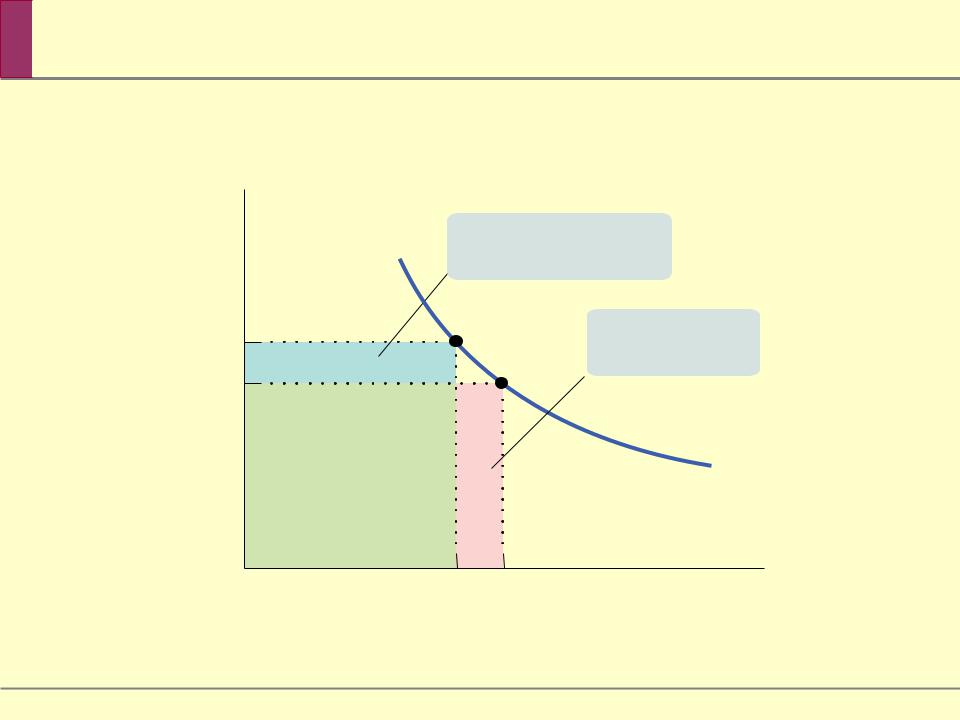

 Effect of
Effect of
Price of crossing
effect of
sold
Quantity effect of price increase: fewer units sold
0 |
crossings (per day) |
|
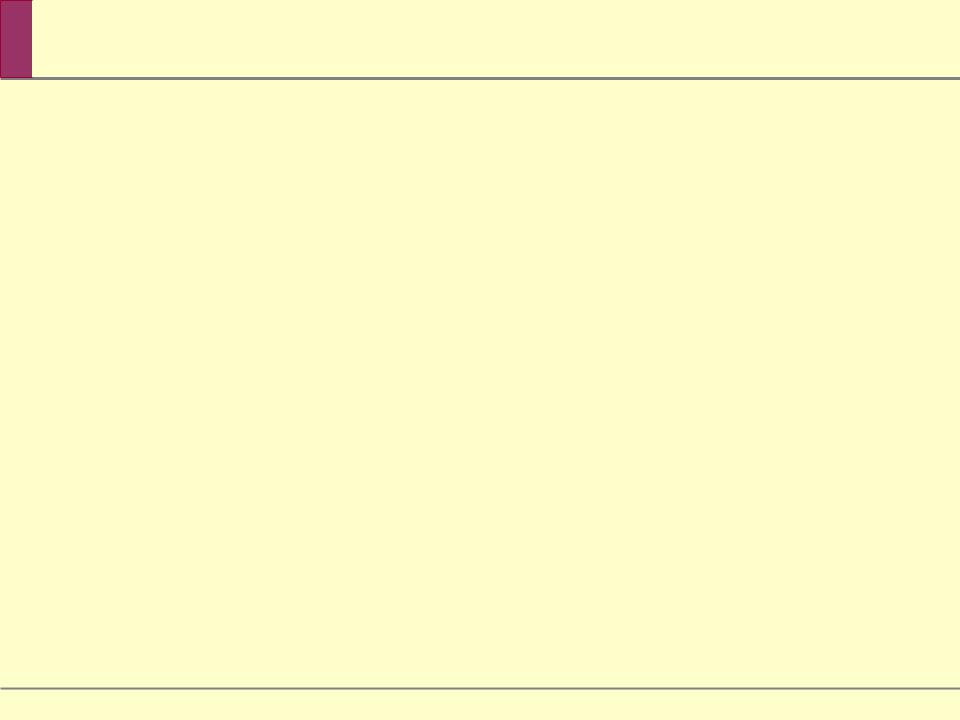

 Elasticity and Total Revenue
Elasticity and Total Revenue
If demand for a good is elastic (the price elasticity of demand is greater than 1), an increase in price reduces total revenue.
In this case, the quantity effect is stronger than the price effect.
If demand for a good is inelastic (the price elasticity of demand is less than 1), a higher price increases total revenue.
In this case, the price effect is stronger than the quantity effect.
If demand for a good is unit-elastic (the price elasticity of demand is 1), an increase in price does not change total revenue.
In this case, the sales effect and the price effect exactly offset each other.
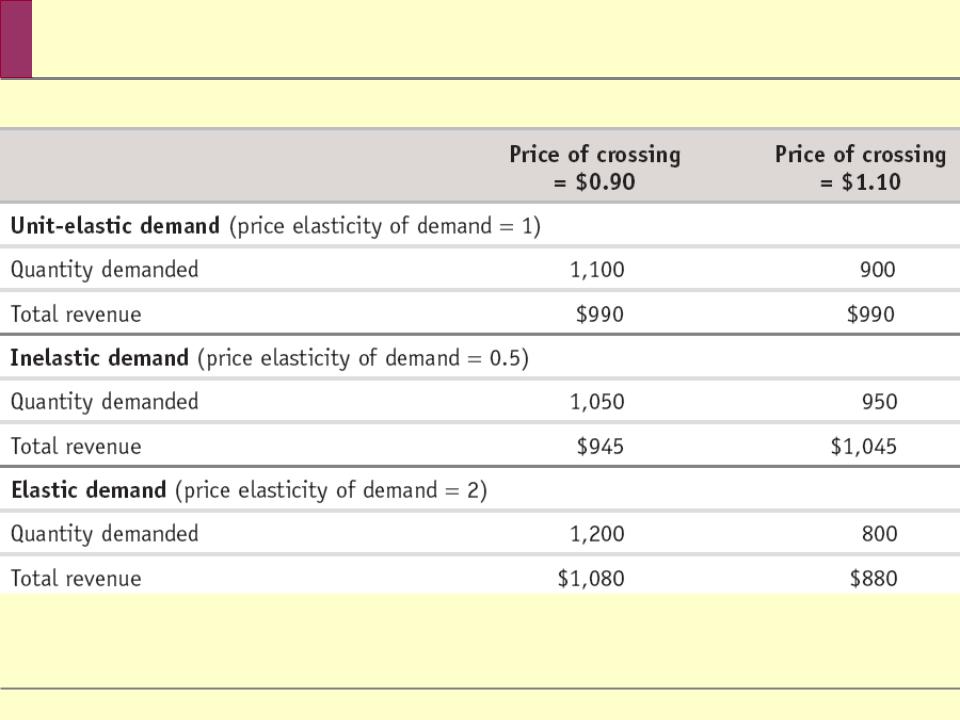

 Price Elasticity of Demand and Total Revenue
Price Elasticity of Demand and Total Revenue
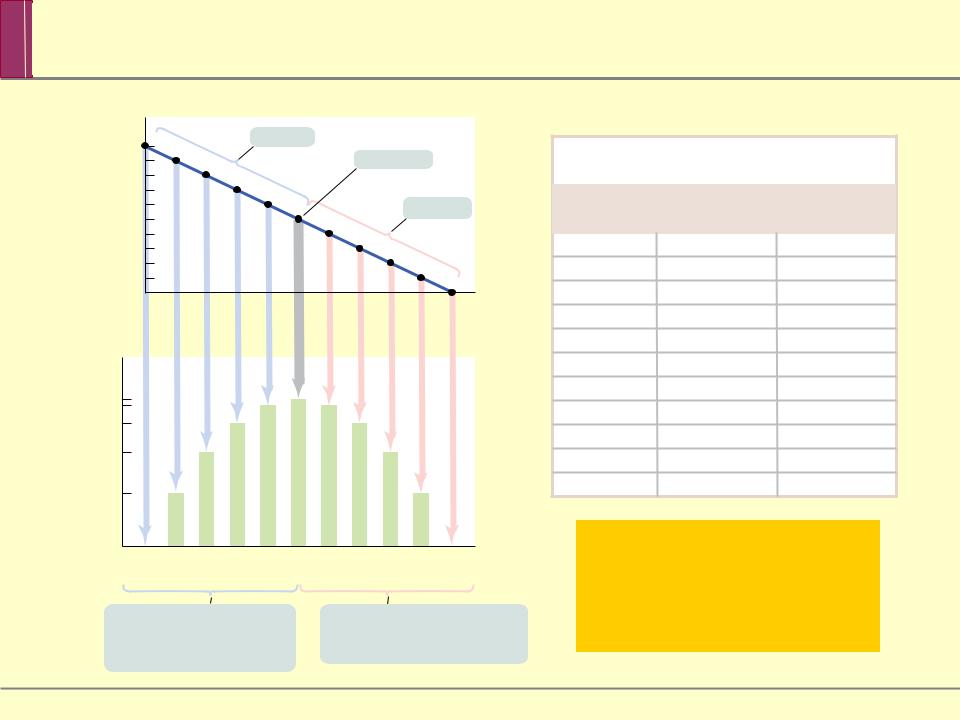
Elastic
The price elasticity of demand changes along the demand curve
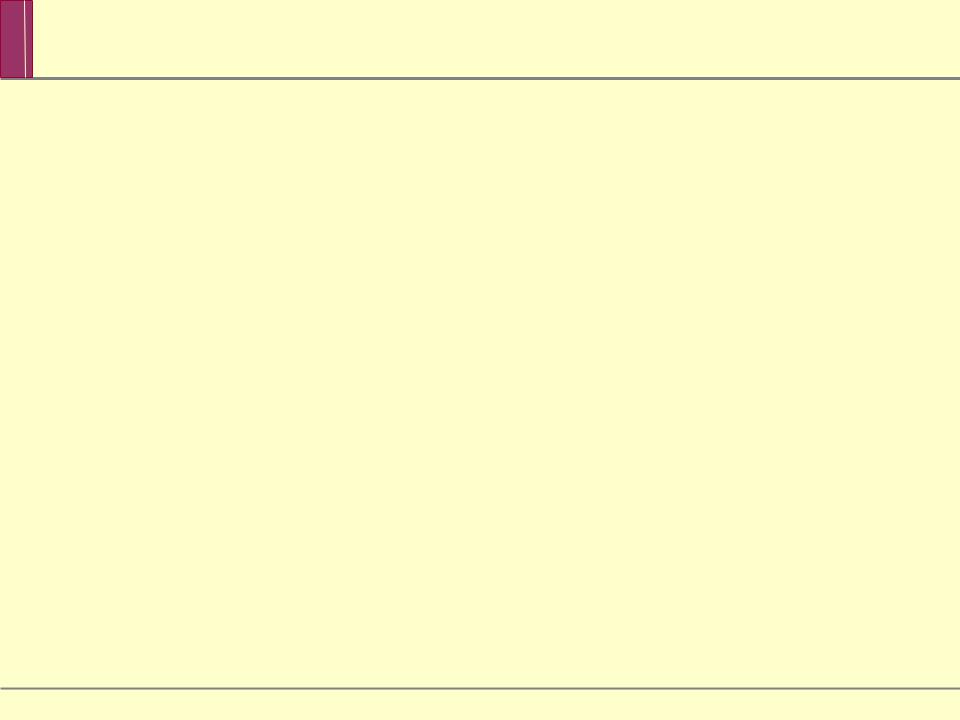
What Factors Determine the Price Elasticity of
Demand?
Price Elasticity of Demand is determined by:
Whether Close Substitutes Are Available Whether the Good Is a Necessity or a Luxury Share of Income Spent on the Good
Time
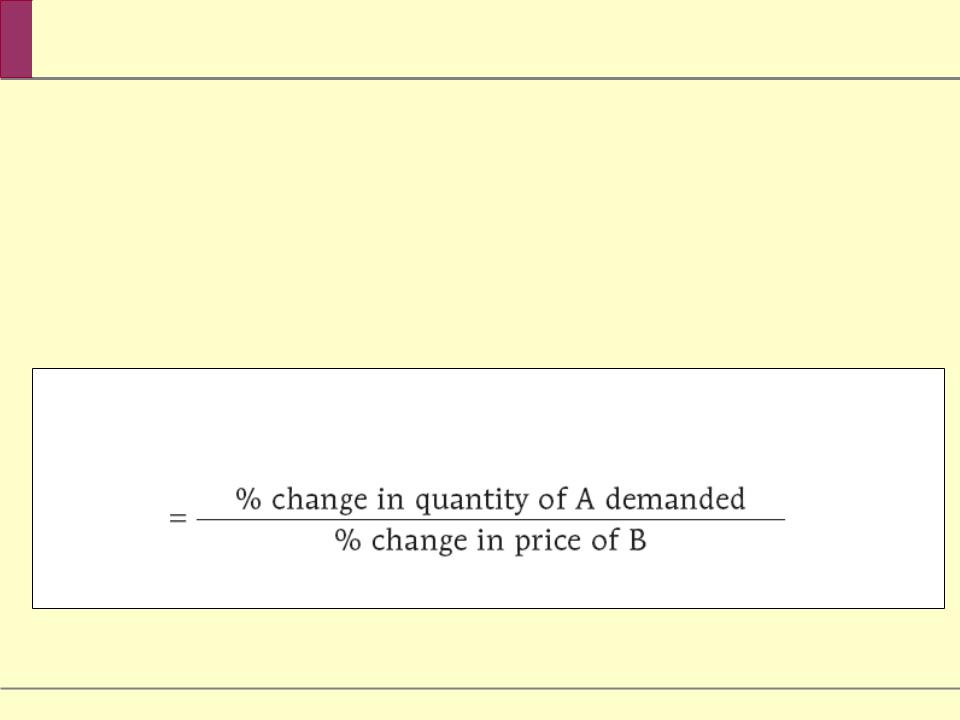

 Other Demand Elasticities: Cross-Price Elasticity
Other Demand Elasticities: Cross-Price Elasticity
The cross-price elasticity of demand between two goods measures the effect of the change in one good’s price on the quantity demanded of the other good.
It is equal to the percent change in the quantity demanded of one good divided by the percent change in the other good’s price.
The Cross-Price Elasticity of Demand
between Goods A and B
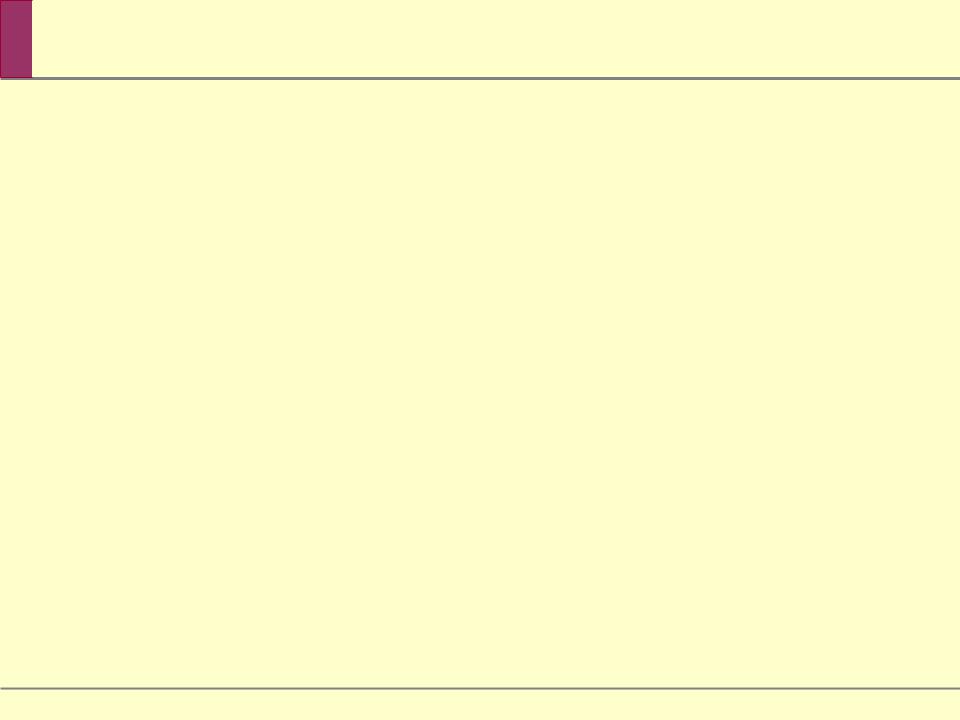

 Cross-Price Elasticity
Cross-Price Elasticity
Goods are substitutes when the cross-price elasticity of demand is positive.
Goods are complements when the cross-price elasticity of demand is negative.
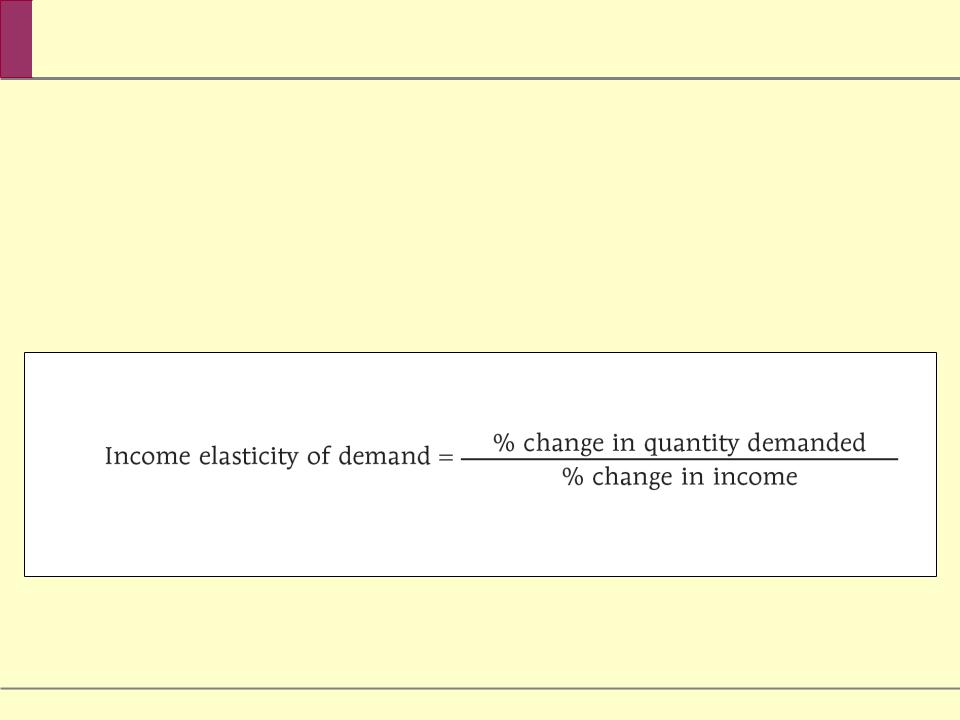

 The Income Elasticity of Demand
The Income Elasticity of Demand
The income elasticity of demand is the percent change in the quantity of a good demanded when a consumer’s income changes divided by the percent change in the consumer’s income.
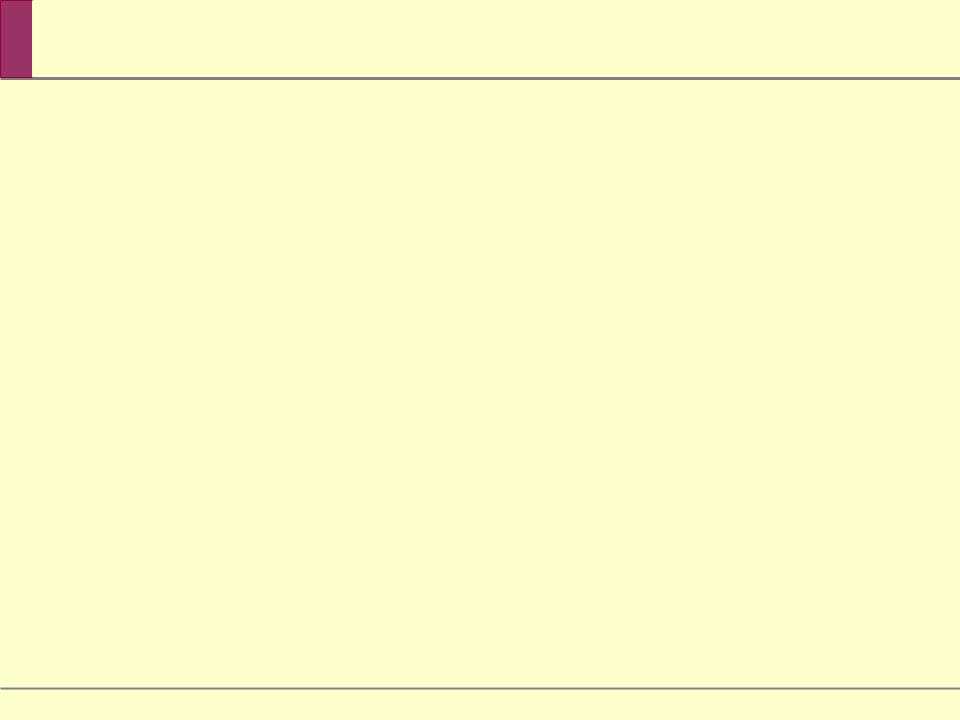

 Normal Goods and Inferior Goods
Normal Goods and Inferior Goods
When the income elasticity of demand is positive, the good is a normal good - that is, the quantity demanded at any given price increases as income increases.
When the income elasticity of demand is negative, the good is an inferior good - that is, the quantity demanded at any given price decreases as income increases.
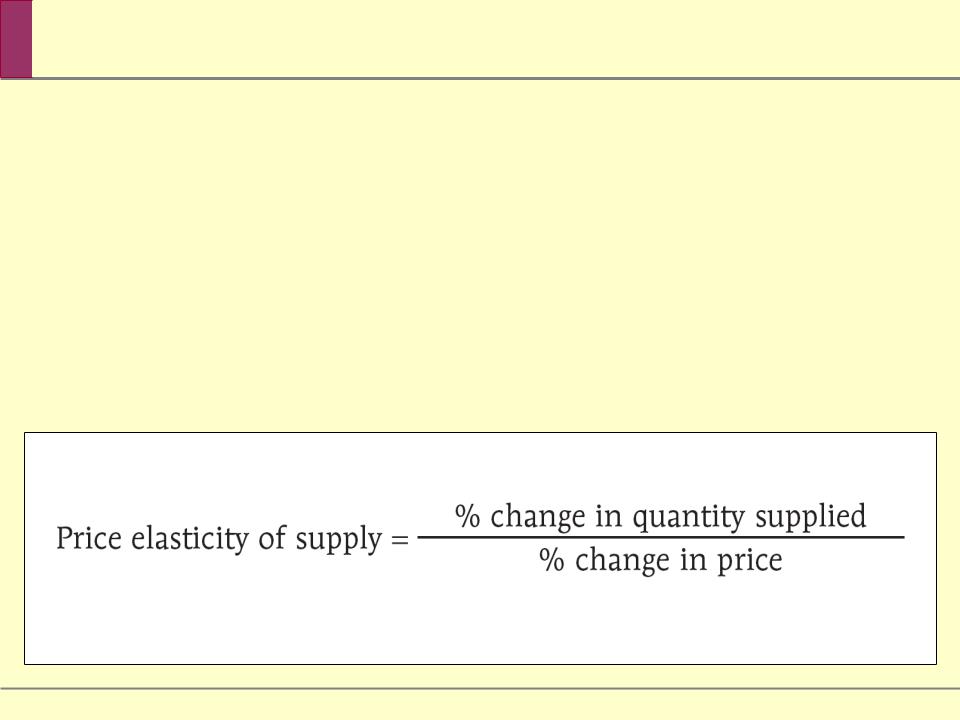

 Measuring the Price Elasticity of Supply
Measuring the Price Elasticity of Supply
The price elasticity of supply is a measure of the responsiveness of the quantity of a good supplied to the price of that good. It is the ratio of the percent change in the quantity supplied to the percent change in the price as we move along the supply curve.
